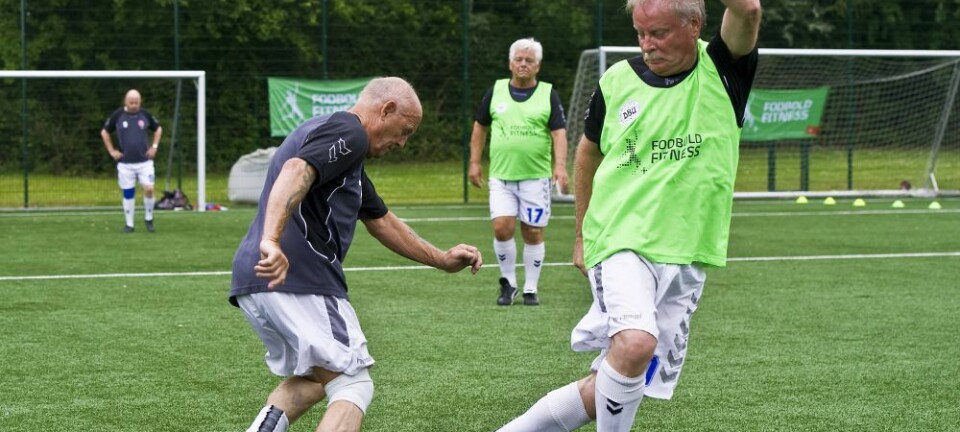
Today's elite football matches require more targeted training
The pace of football matches has become faster and more varied in recent years. Football coaches need to craft more individualized training for players so they can handle the challenge, a new study finds.
Today’s elite football matches involve much more sprinting than just a few years ago, requiring players to accelerate and decelerate explosively at a moment’s notice. This new style of play puts huge demands on players’ muscles, especially towards the end of the game.
“Coaches need to adapt their training for football players so they are better equipped to cope with rapid changes in pace,” says Dan Fransson, a researcher at the Department of Nutrition and Sports Science at the University of Gothenburg, who has just completed his PhD.
The time that players need to recover after a match can also vary widely, he says.
Different needs for recovery
Fransson has analyzed how far 473 football players from elite European teams run during a match. He has also used strength tests to investigate fatigue and recovery time for various muscle groups.
The results show that all players were tired, more or less, after intensive periods of play. But the position the players have on the pitch was of great importance in determining how tired the players were after a game.
Abdominal muscles stand out
All muscle groups, except the abdominal muscles, recovered within 24 hours of the match, Fransson’s research shows. In contrast, abdominal muscles needed up to twice as long for recovery. His research also showed great differences in the different muscle groups of players after the match.
There are large individual differences in the intensity of play for different players during a match. Their recovery times also vary greatly.
Fransson believes coaches need to put greater focus on each player's individual differences when planning training sessions and rest periods. Individual high-intensity training can be a good method for ensuring that players make the right physiological adjustments and increase their physical performance, he wrote in his dissertation.
Several factors to consider in team play
Mathias Haugaasen at the Norwegian Sports College says that football players come to the game with different physical characteristics, both because of their genes and training background.
“Football, like other team games, involves integrating a number of different factors. It’s a complex picture and the challenge lies in balancing the individual with the team play,” says Haugaasen.
He says that at the top level, coaches have to be very conscious of how each individual player is developing over the course of his career, and clubs with more resources are better situated to do exactly that.
"The top clubs in Europe have a lot of expertise and lots of tools they can use to adapt training to different players," says Haugaasen.
Haugaasen says that much has changed on the football pitch over the last two decades.
“The biggest change is the pace, which is much higher. The players still run about the same distance, but they run more at higher intensities. At some point, it will have to flatten out, but not yet,” says Haugaasen.
---------------------------
Read the Norwegian version of this article at forskning.no































